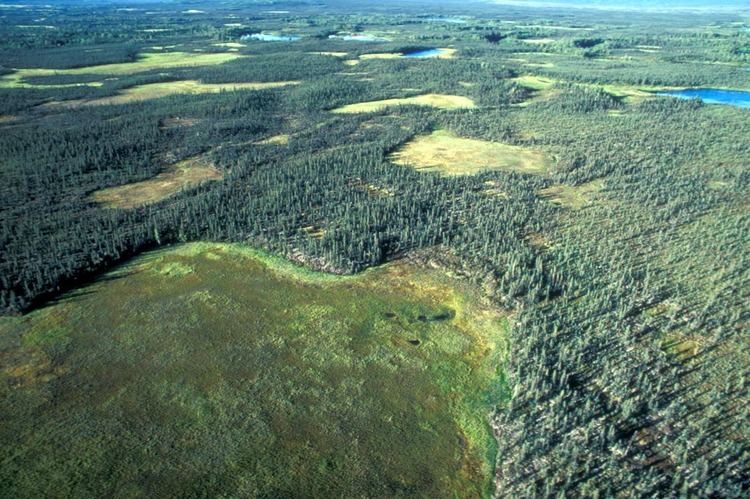Website Selawik NWR Area 8,806 km² | Address Selawik, AK 99770, USA Established 1980 | |
 | ||
Governing body U.S. Fish and Wildlife Service Management United States Fish and Wildlife Service Similar Yukon Delta National, Kodiak National Wildlife R, Kenai National Wildlife R, Kobuk River, Castle Hill | ||
Selawik National Wildlife Refuge in northwest Alaska in the Waring Mountains was officially established in 1980 with the passage of the Alaska National Interest Lands Conservation Act (ANILCA).
The 3,400 square mile (8,700 km²) refuge is situated on the Arctic Circle to the east of Kotzebue Sound. It is bounded on the north by the Waring Mountains and Kobuk Valley National Park; and to the south by the Selawik Hills and the Purcell Mountains. Refuge lands extend eastward toward the headwaters of the Selawik River and the Continental Divide. The refuge is administered from offices in Kotzebue.
Some of the land includes alpine tundra, arctic tundra, taiga, lake and wetland complexes, large river deltas, open grass and sedge meadows, and previously glaciated mountains and river valleys. Rolling, vegetated sand dunes were formed by the last retreat of the glaciers. These dunes are the remnant of a much larger system that once included the Great Kobuk Sand Dunes to the north.
This area is a transition zone where the northernmost boreal forests give way to open Arctic tundra. The Selawik and Kobuk River deltas, located on the eastern shores of Selawik Lake and Hotham Inlet (Kobuk Lake), provide habitat for migratory bird species. The complex array of freshwater and brackish lakes, riparian areas, and wet meadows, provide habitat and large, undisturbed, tracts for a variety of wildlife species. The approximately 21,000 lakes that occur on refuge lowlands create a large Arctic tundra lake complex.
